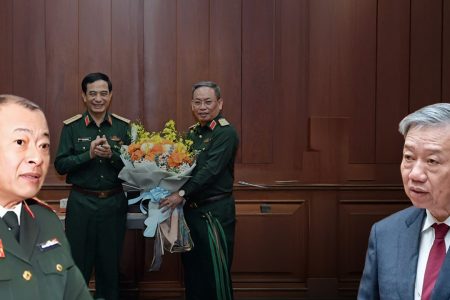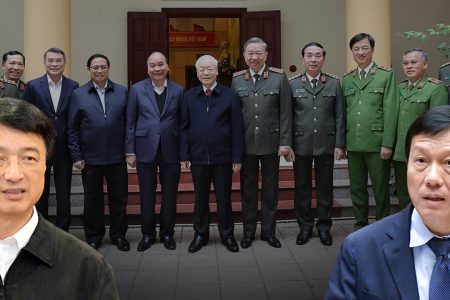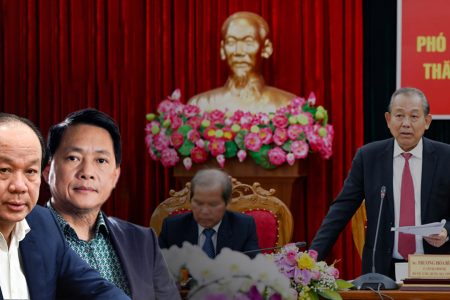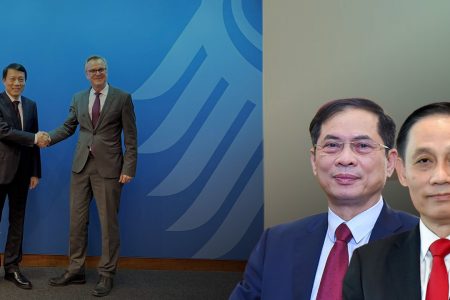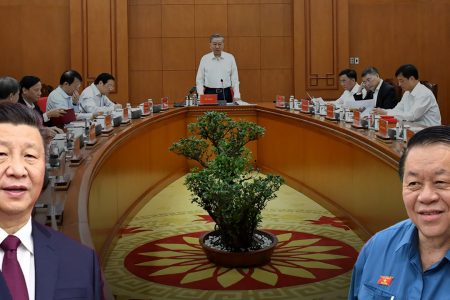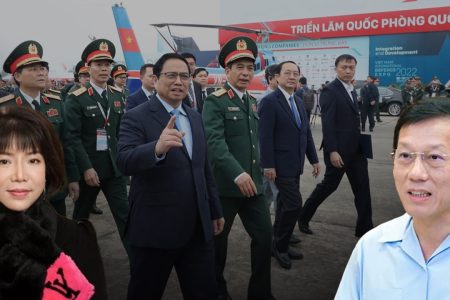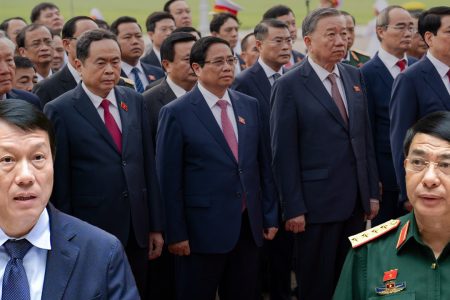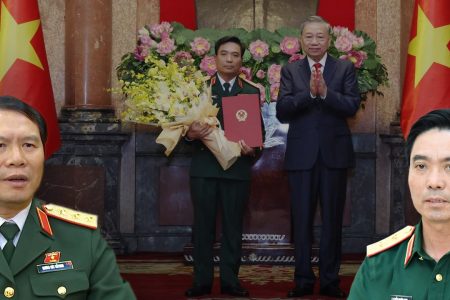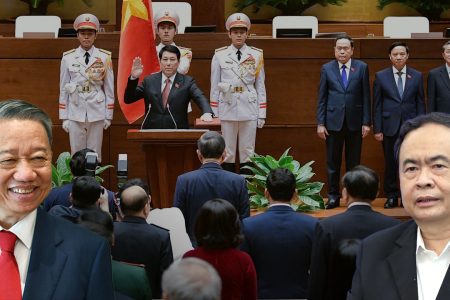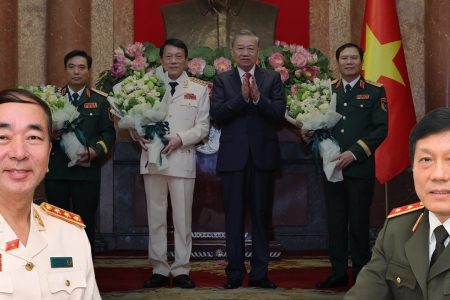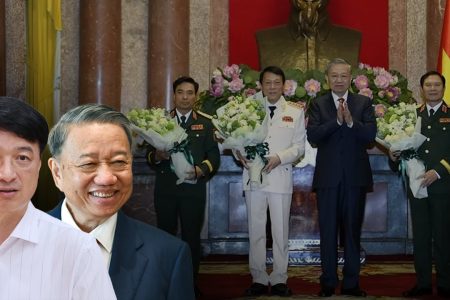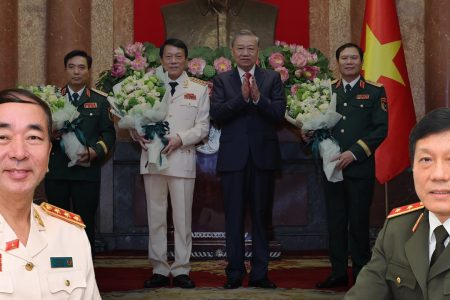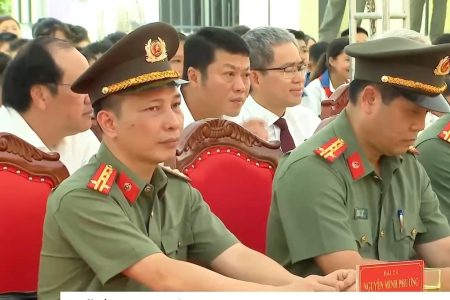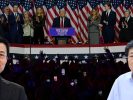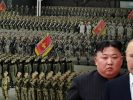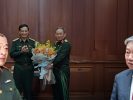Lawyer Vu Duc Khanh
November 6, 2024
- Introduction
Donald Trump’s victory in the 2024 US presidential election marks an extraordinary political comeback, reflecting the deep divisions in American society.
His re-election, despite many controversies and legal issues, is a momentous choice that will shape America’s internal path as well as its role in the international arena.
At this point, two big questions arise: (1) Is America ready for a female president? and (2) What makes so many Americans support a controversial figure like Trump?
- Is America Ready for a Female President?
Kamala Harris’s 2024 presidential bid could have been Hillary Clinton’s 2016 bid for a woman to hold the highest office in the United States, but her narrow defeat once again showed that social biases persist. While the world has made progress in electing female leaders, the United States remains cautious. Factors such as entrenched gender roles, historical precedent, and generational attitudes may contribute to this hesitation. America’s “glass ceiling” appears to have not yet been breached, suggesting that public views on female leadership may still be changing.
- Trump’s appeal despite controversies
Trump’s appeal remains, rooted in his status as an outsider and his willingness to challenge the political elite. For many Americans, his return represents a rebellion against a political class that is perceived as increasingly out of touch with the people. His views on nationalism and national security appeal to those who prioritize economic stability, cultural identity, and resistance to the encroachment of progressive ideas. It is this challenge to convention that makes Trump so appealing, as he brings a forthright and forceful leadership style.
- America as a Beacon of Freedom and Democracy
The United States has long positioned itself as a defender of liberal and democratic values, with both Democratic and Republican administrations seeking to spread these values globally. However, Trump’s “America First” stance in the past has raised questions about whether the United States can maintain this role. In a second term, balancing a focus on domestic issues with the expectation of defending democratic ideals globally will be a major challenge. This potential conflict could impact America’s reputation as a model democracy, especially as Trump reshapes foreign policy based on pragmatic alliances rather than ideological commitments.
- Trump’s approach to key international challenges
5.1. Russia and China: Trump’s previous relationships with these two powers have been marked by a mix of confrontation and pragmatism. A second term could see efforts to contain China’s influence while exploring tactical partnerships with Russia. The extent to which he commits to direct confrontation will likely depend on the specific economic and security interests of the United States.
5.2. Indo-Pacific Strategy: Trump’s strategy in the Indo-Pacific is likely to prioritize economic competition and military cooperation to counter China’s regional ambitions. The ability to strengthen alliances without much US involvement will be key to maintaining a free and open Indo-Pacific.
5.3. The European Union and NATO: Trump has long been critical of NATO, particularly on the issue of financial contributions. The approach this term may be to refocus NATO on dealing with specific threats rather than committing to a broad defense posture.
5.4. AUKUS and the Alliance with Japan, South Korea: Maintaining strong alliances within AUKUS, with Japan and South Korea, could allow the United States to share the burden of regional security, in line with Trump’s desire for allies to take a more active role.
5.5. Global conflict hotspots:
5.5.1. Ukraine: Trump’s view on Ukraine may be to reconsider the level of US support, emphasizing peaceful negotiations rather than military engagement.
5.5.2. Israel-Palestine and the Middle East: Trump’s strong support for Israel is likely to continue, potentially complicating relations with the Palestinians and Arab allies. He may prioritize regional stability over democratic reform.
5.5.3. Taiwan and the South China Sea: Trump’s stance on China will likely translate into support for Taiwan and regional security in the South China Sea, but his specific stance will likely balance military deterrence and pragmatic diplomacy.
- The US-Vietnam-China trilateral: A delicate balance
6.1. The Trilateral and US Support for Vietnam
Vietnam’s strategic location makes it an important partner for the United States in the Indo-Pacific region, especially as Washington looks for allies to counter China’s influence. However, Trump’s approach to Vietnam is likely to prioritize economic and security interests over political reform, given his transactional foreign policy style. Despite the authoritarian nature of Vietnam’s government, Trump may overlook human rights issues if it helps strengthen ties with a key regional counterweight to China.
6.2. Human rights considerations
Trump has historically taken a pragmatic approach to human rights, often prioritizing economic and security interests over ideological consistency when dealing with authoritarian states. Countries such as Russia, China, North Korea, and Iran have seen varying levels of US pressure under Trump, largely based on strategic interests rather than consistent human rights compliance. A similar approach is likely to be applied to Vietnam, where Trump may downplay calls for democratization in favor of maintaining bilateral cooperation on trade, security, and regional stability.
The prospect of a “free and democratic Vietnam” is unlikely to be a high priority in Trump’s foreign policy. While previous US administrations have sometimes supported political and human rights reforms in authoritarian regimes, Trump’s policy has tended to focus on practical alliances rather than promoting democracy. This pragmatic approach may disappoint advocates of democratization in Vietnam, as Trump may choose stability and cooperation over pushing for sweeping political change.
- Conclusion: America’s Path Forward
Trump’s return underscores the persistent divisions within the United States and the challenges facing American leadership on the international stage.
While the United States retains its potential as a model for democracy, Trump’s approach could push the country toward prioritizing security and economic interests over ideological commitments.
In the future, the United States must choose to engage comprehensively with global partners in support of shared democratic values or pursue a selective pragmatic stance that emphasizes strategic alliances over principled leadership.
The world will be watching closely as Trump reshapes America’s global role—and America’s next four years will reveal whether the United States continues to lead as a beacon of democracy or increasingly turns inward in pursuit of its national interests.




